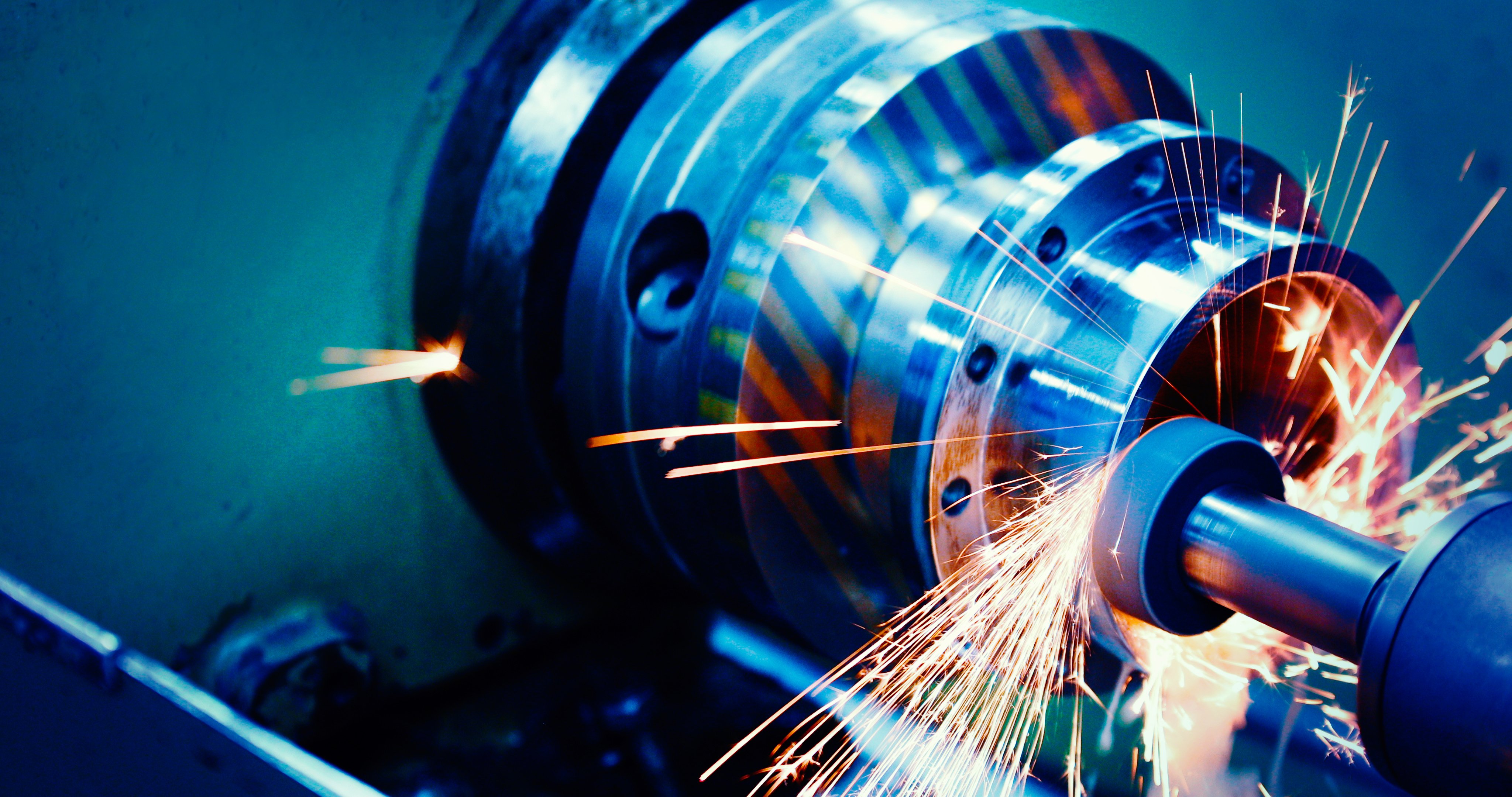Sometimes referred to as smart manufacturing, Industry 4.0 is one of this century's most important buzzwords. With an increasing focus on digital technology, interconnectivity and automation (think robots and the like) Industry 4.0 is setting the standards that all manufacturers keen to keep up should look to follow.
As with any industrial revolution, though, in order to come out the other side, you need to implement big changes to advance your productivity. And in order to implement such big changes, you need to dig deep and invest in innovation.
As you may already know, innovation doesn’t come cheap. Fortunately for you, this doesn’t mean you have to be out of pocket. The UK government’s research and development (R&D) tax credit scheme was set up to actively encourage businesses to innovate - meaning investing in improving your firm’s productivity has never been so affordable.
Ultimately, investing R&D in smart technology will really transform your manufacturing business. After all, it will not only make the initial product design and engineering processes more productive and cost-effective, but also help to minimise errors, increase safety and ensure your facility remains a key player in the competitive manufacturing market.

To help you identify the sorts of activity likely to catapult you and your business into Industry 4.0’s frontline, we’ve put together a quick guide on the types of R&D projects your manufacturing firm should look to invest in.
Digitisation
At its heart, Industry 4.0 is all about using technological advances to boost manufacturing performance and productivity. To ensure your firm stays ahead of the game, it’s important you continue to innovate in this area.
This might mean investing in 3D design technology that allows you to make quick, reactive changes to prototypes - giving you the opportunity to spend more time pushing out products on the production line.
Automation
Eliminate opportunities for human error by concentrating R&D on automated systems. By spending time and money on building AI technology, manufacturing processes become more efficient and cost-effective as a result.
Automated systems have the ability to repair themselves when something goes wrong. Couple this with the fact that we’re hearing about more and more instances of such technologies working safely alongside humans, and it’s clear to see how automation will become the driver of productivity in the manufacturing firms of the future.

Workforce
While it’s important to invest your R&D time and money in digital technology itself, it’s equally as important to make sure those working with this technology are up to speed. After all, there’s no point investing in all this swanky new tech with the aim of improving productivity if your employees don’t even know how to turn it on.
Make sure you devote some of your R&D allowances to training up your staff to work harmoniously with these technologies. This way, you can rest assured you’re getting as much out of both parties as you’ve invested into them.
Becoming a digital-friendly manufacturing company ready to ride the wave that is Industry 4.0 won’t happen overnight. But, by actively making the changes required to increase productivity through R&D, you’ll put your manufacturing business in good stead to compete with the rest.
To find out more about R&D tax credits, or for an informal chat about your projects, get in touch with Lumo today.